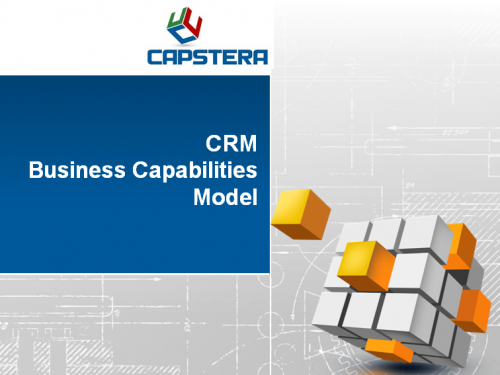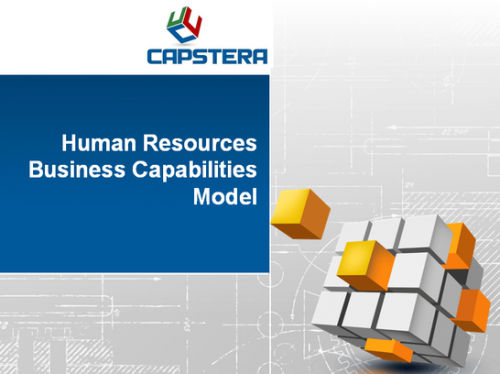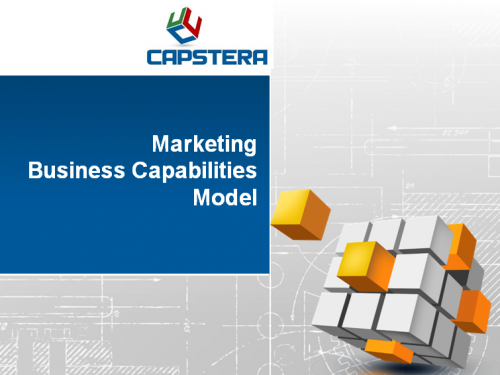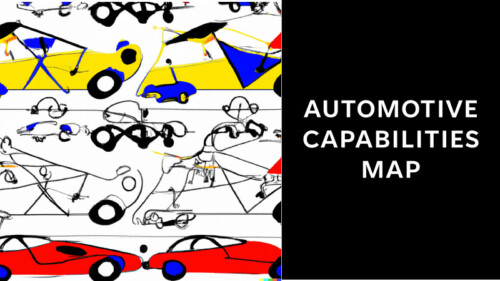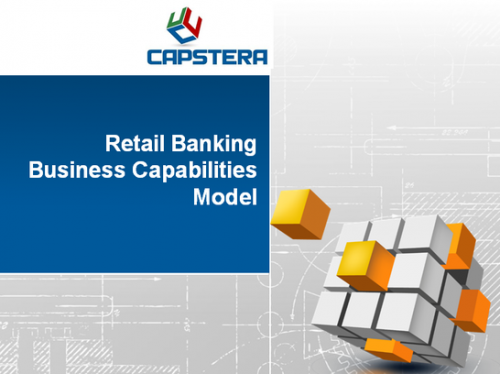
Is there a list of standard business capabilities which can be a starting point for a capability mapping endeavor? Unfortunately, yes! Capstera offers several customizable lists of standard capabilities with a sector/industry focus as well for horizontal functional areas.
Business capabilities are an essential glue that links execution to strategy and provides a blueprint for orchestrating a target operating model. The value of business capabilities in aligning business vision with IT enablement is crystal clear.
Companies, particularly those which are large and complex, take months and sometimes many years to build an enterprise-wide business capability model. It is akin to boiling the ocean and reinventing the wheel. So why start from square one for modeling enterprise capabilities?
Instead, a comprehensive list of standard capabilities could help accelerate time to value by combining selective addition, modification, and refinement of the common model.
For example, look at the following list – Enterprise Business Capabilities at Level 1.

Of course, you can quibble with a particular capability and position. Or point to a capability that is not sitting pretty at level 1. Or you may point out that Customer Management is an integral part of operations, and hence “Operations” might be the right capability, and customer management should be a sub-capability. You may also say a common capability such as “Shared Corporate Functions” should be listed as a level one capability, and all corporate functions such as finance and accounting, human capital management, and procurement should go under the broader umbrella. And if you are lucky, your industry may not have significant legal, risk, and compliance management. And the point is there is no single path. It is par for the course based on the relative importance of various functions. But having a list of common business capabilities as an input or as a reference point will allow enterprise business architecture teams to deliberate and design a set of Level 1 capabilities that resonate within the enterprise.
Now, let’s review the next level of capabilities. Assuming your team has agreed on a set of Level 1 capabilities, the task of diving into the second level comes. The level 2 capabilities are foundational as they tend to reflect the specific areas and decompose them into a logical group of business capabilities. Furthermore, unlike Level 1 capabilities, the Level 2 capabilities delve into particular areas, and the subject matter expertise is somewhat dispersed. Hence, having a customizable list of common business capabilities will help ease this burden of reliance on subject matter experts to be comprehensive and in-depth.
Example Decomposition of Human Capital Management Capability:

Now comes the work of digging deeper to decompose capabilities at Level 2 into logical, elemental building blocks. Whether it requires a depth of Level 3 or 4, or 5 depends on the business capabilities model’s context, purpose, and use cases.
Detailed Decomposition of Recruiting and Hiring Capability:

What are the pros and cons of using a list of standard business capabilities as input into building an enterprise-wide business capabilities model?
Using Pre-Built Customizable Business Capabilities Model:
Pros:
- Time to Value: A customizable list of common capabilities provides acceleration and completion instead of starting from scratch.
- Reference Point: Whiteboard conceptualization always results in missing out on something. Instead, a pre-built capabilities list will help as a reference point and avoids endless rounds of brainstorming.
- Opportunity Cost: The time subject matter experts will have to spend conceptualizing business capabilities could be coming at the cost of their day job.
Cons:
- Not Fit for Purpose: Any generic list of business capabilities is not the same as a custom-built model – despite all the burdens of doing so.
- Potential Lack of Alignment and Buy-In: When a team creates a vital artifact like an enterprise business capability model, the process results in alignment and buy-in. A store-bought capability map will be a different experience – addition, deletion, and modification – and not conceptualization.

